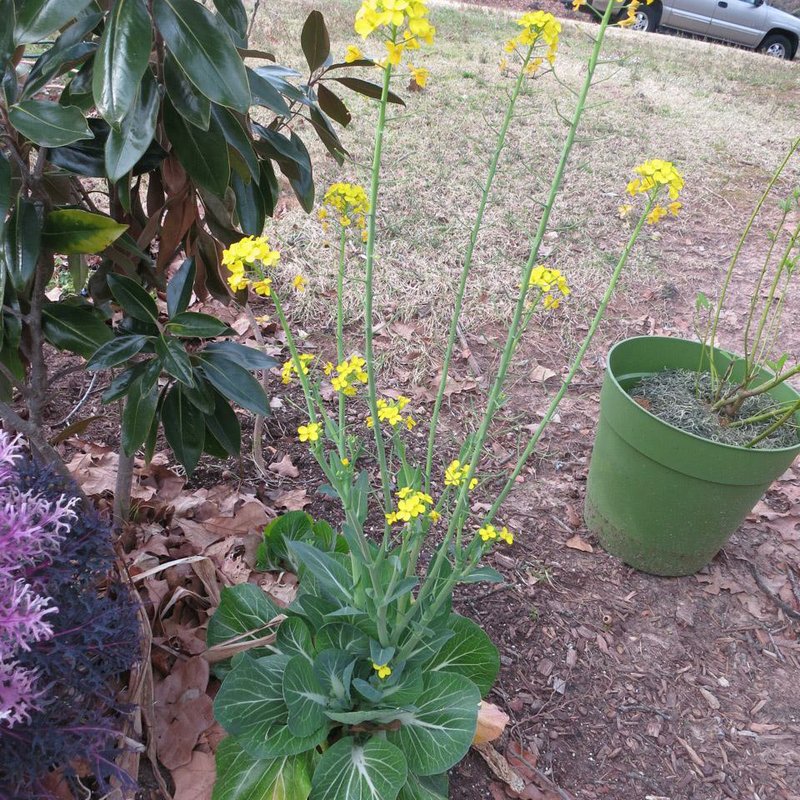The Groundhog lied. We have had an extended winter, and spring was delayed. But now things are beginning to warm up, and gardens should finally take off.
The cooler-than-normal spring has delayed new growth on many trees and shrubs. If you didn’t get around to pruning your roses, crape myrtles and other summer flowering shrubs, there is still time. Get it done soon, before they fully leaf out.
Spring bulbs have lasted longer than normal, but remember it is the six weeks after bloom that are important for flowering for next year, so don’t be too quick to cut them back.
You still have time to plant all the cool-season crops until midmonth, and then you can begin to plant the warm-season tomatoes, peppers, and squash.
Lawns are greening up, and weeds are blooming. It is not a great time to use weed killers since it can slow down your lawn. Try mowing to keep the weeds in check and wait to fertilize until the lawn is totally green.
Use a good hoe to scrape weeds off flower and shrub beds.
Anything that will kill those weeds will also damage your flowers and shrubs, so avoid herbicides. Once the area is clean, consider applying fresh mulch to prevent more weeds.
Spring shrubs that need a clipping can be pruned now, once they have finished blooming.
Forsythia in particular will benefit from annual pruning. Remove one-third of the old canes at the soil line.
Almost all our flowering kale and cabbage is bolting and should be removed or cut back.
Pansies and violas have at least another month or two of color.
Summer annuals arrive daily at garden centers. Some, like petunias, geraniums and calibrachoa, can take some lower temperatures; but avoid planting heat-lovers like impatiens, lantana and ornamental sweet potato vine until the ground warms up a bit.
Wait to plant summer bulbs such as caladiums, elephant ears and cannas. They like warm soil.
Houseplants and tropical flowering plants that have been indoors all winter can begin the move outdoors a bit later this month. Be careful about exposing them to full sunlight all at one time. Make sure nighttime temperatures have risen as well before moving them. Cut back the flowering tropical plants by at least a half and fertilize. If they have been in the pot for more than a year, consider repotting. Root-bound plants won’t grow well, and you want lots of new growth for plenty of flowers.
APRIL LESSON
Bolting is the term for what happens when your vegetables and flowers produce a flower stalk prematurely - before you have harvested.
Bolting can occur in annuals (or plants that complete their life cycle in one season) and biennials (plants that produce seed at the end of two seasons). If you delay harvesting in a normal year, all biennials such as cabbage and bok choy will produce flowers and seeds to end their growing, but this year, many plants have bolted. Erratic weather has caused this to happen.
We were getting warm and we thought spring was here, but then it turned cold again. Our plants got confused and thought their season was over.
In the case of ornamental kale and cabbage, the center stalk elongated, and they are now flowering. But so is your edible kale and spinach and even some lettuces, if they were planted very early.
While you can’t stop the process once it starts, you can cut them back to make them look a bit more attractive until you are ready to plant your summer annuals or vegetables. Edible plants typically become a bit bitter once the seed stalk grows, so while you can eat them at this stage, you might not want to.
HomeStyle, Pages 33 on 04/06/2013

